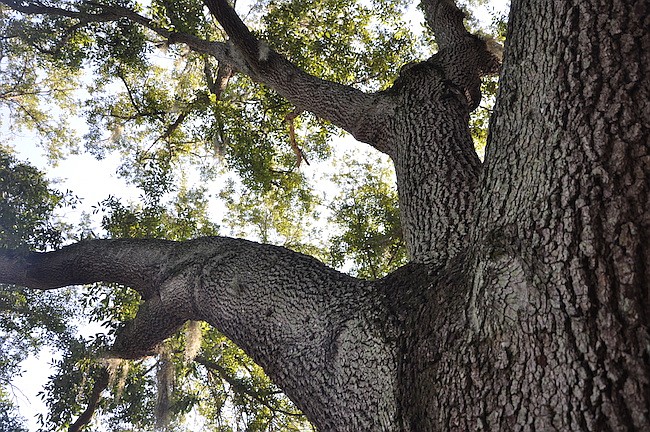- April 23, 2024
-
-
Loading

Loading

Winter Park is on a crusade to restore its tree canopy – and it shows in green dollar signs.
The city has tentatively planted $1.7 million for Urban Forestry Services in its upcoming fiscal year budget – up $80,000 total from last year and with 38 percent more funding going toward new trees along public roads.
City Arborist Dru Dennison said the city plans to plant more than 600 right of way trees during the 2017 fiscal year.
“We are now planting more trees than we are removing,” Dennison said. “In fiscal year 2015 we planted 493 and removed 480. That trend has continued this year as we have already planted approximately 500 trees and have 100 reserved, but are waiting for the extreme heat to let up before planting them.”
Dennison added that the roads are now over 90 percent planted with trees, and that the 38 percent increase in new tree funding will also help the city and its tree canopy in the long run.
“This will increase our ability to plant, water and maintain the baby trees which is important to reducing the long term maintenance costs,” she said.
“I think it’s always a good thing when you can plant more trees,” Commissioner Greg Seidel said. “The percentage of the overall budget that the trees are part of is extremely small, so it’s one of those things that if we can plant more trees, we should plant more trees.”
Winter Park has been removing dying trees and replacing them though the Urban Forestry Management Plan since early 2014 in an effort to revitalize the canopy. Last November the city tried to help the process by passing new policy changes to the plan, including a requirement that planting strips for canopy trees be a minimum of 6 feet wide and that the city discontinue replanting medium size trees until all the larger canopy trees have been replanted.
Dennison reasoned that the minimum 6 feet of space gives large trees more room to grow and stay healthy, and City Commissioners agreed that canopy trees are part of the city’s unique character and should come first.
But residents like Pat McDonald have noticed something alarming about many of the new trees planted in parts of her neighborhood: they’re already dead.
“I live over by the high school and I’ve noticed that quite a few of the new trees that they’ve planted are dead,” McDonald said. “I don’t know what that’s about. I know they go around and there’s bags that they fill with water, so I don’t know what the problem is.”
Winter Park City Commissioners expressed concern over the city’s watering practices during a recent Commission meeting, mentioning that some trees are reportedly getting passed over.
Dennison has told the City Commission in the past that she’s also concerned with Winter Park’s emphasis on planting just oak trees around the city due to possible diseases. A 2013 study from the University of Florida notes that a disease known as “oak wilt” can locally spread through oak tree root systems and cause rapid wilting. The study finds that oak wilt has been spread across 24 states outside of Florida in the U.S. due to the sap-feeding nitidulid beetle.
“I will go on the record saying that as a professional forester and certified arborist, I don’t believe we should be planting all oak trees,” Dennison told the City Commission last November. “We need to diversify our canopy.”
“We haven’t had any disease here, but there is a huge risk.”
The City Commission will review the budget for a first reading at their meeting next Monday.